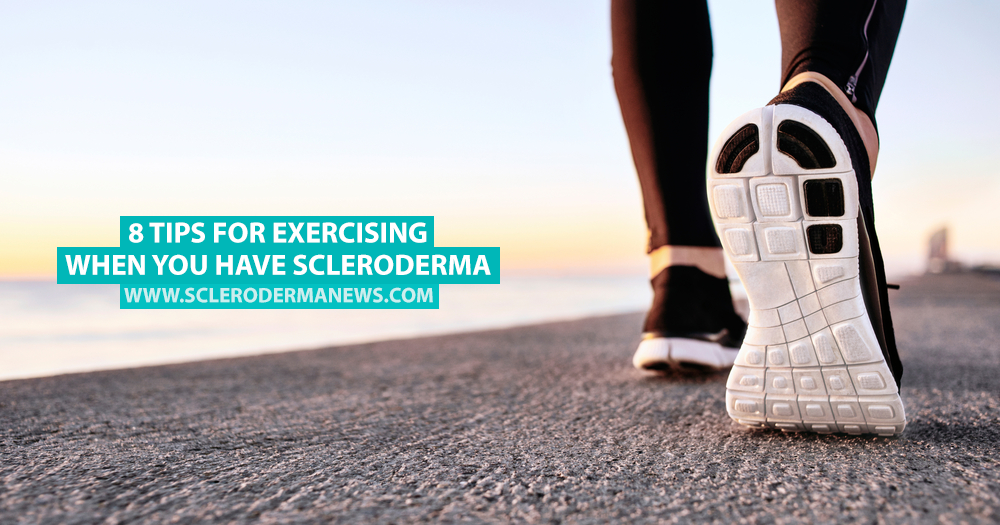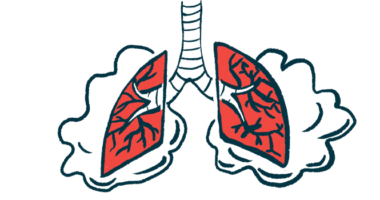8 Tips for Exercising When You Have Scleroderma

People with scleroderma realize they need exercise to keep their joints flexible. However, those living with the condition can often experience a lot of pain and the idea of exercising and risking making the pain worse is not an appealing one.
When they do find the will and energy to exercise, it’s important they pace themselves. If they push themselves too hard on a day they’re active, they may not be in good condition for the rest of the week. Anyone with scleroderma should talk to a doctor or someone specialized if they decide to go ahead with a regular exercise program. Not doing so involves a lot of risks that can easily be avoided.
MORE: Nine ways to motivate yourself to exercise
According to move.org, there are a few suggestions for people living with scleroderma when embarking on an exercise regimen:
1. Do a screening before you start exercising.
This is usually done so that those with medical issues which might endanger them during exercise can be identified. Doctors can establish if the benefits outweigh the risks.
2. Don’t try to do everything at once.
Start slowly and steadily, increasing intensity as you gain strength. This way, you’ll avoid serious complications or even just a few “off” days.
3. Balance your sessions.
If any of your joints are painful or uncomfortable a few hours post-workout, make sure your next exercise session is a gentle one.
MORE: The effects of living with scleroderma
4. Slow down when necessary.
Enthusiasm is very good (and hard to come by most days) but if you feel out of breath or in more pain than you’re used to, slow down.
5. Warm up and cool down.
This is important, especially if you have scleroderma. Do it slowly and thoroughly so you can reduce your risk of any fitness-related complications.
6. Know what you’re doing.
Don’t do exercises without paying attention to your technique and try to move as smoothly as possible. If you don’t know how to do any part of your workout routine, consult a specialist to prevent injuries.
7. Know your limits.
Understand that if you have conditions other than scleroderma, you might have other limitations as well. For example, if you also suffer from arthritis, you shouldn’t work out with painful or inflamed joints.
8. Move regularly.
Try to include healthier activity in your daily routine. If you can, walk to the shops or work instead of driving.
MORE: Effects of exercise on patients with scleroderma
Scleroderma News is strictly a news and information website about the disease. It does not provide medical advice, diagnosis or treatment. This content is not intended to be a substitute for professional medical advice, diagnosis, or treatment. Always seek the advice of your physician or other qualified health provider with any questions you may have regarding a medical condition. Never disregard professional medical advice or delay in seeking it because of something you have read on this website.






